ВУЗ: Не указан
Категория: Не указан
Дисциплина: Не указана
Добавлен: 12.12.2023
Просмотров: 215
Скачиваний: 13
ВНИМАНИЕ! Если данный файл нарушает Ваши авторские права, то обязательно сообщите нам.
Write down your ideas. Work in groups of four, please!
The second team will put on a yellow hat. You’ll try to find out only advantages.
- Visiting different countries and places.
- Discovering traditions and customs of different countries.
- Broadening outlook.
- Getting new experience.
- Learning about the history and culture.
- Admiring the beautiful scenery.
- Improving knowledge of the foreign language.
- Meeting different people and making friends.
Have you ever thought that some people don’t like to travel? They prefer to stay at home. They say that traveling has many disadvantages.
You are divided into 2 teams. The first team will put on a black hat. It means that you should think of disadvantages.
Ex.1 p.101. Look at the photos and speak about the people’s work.
READING AND DISCUSSING THE TEXT: Volunteer Family Holidays.
Voluntourism {give associations with this word.
Is it popular nowadays? Does Kazakhstan have this program?
The teacher informs the class that they will be participating in the contest "The best volunteer’s project", a person who will represent a program.
The teacher divides students into groups of 3 and distributes a set of role cards for each student with a description of a particular role.
The teacher asks students to discuss and decide the most desirable role for each member of the group: volunteer, a parent, a critic, journalist, correspondent, and narrator.
Ex.4 -5 p.101.
Next, the teacher and students review the criteria for each role.
After reviewing criteria, students are informed that they will be filling out a peer-evaluation.
Then the teacher asks visual and word learners to read the text (auditory learners - listen to the text) (5 min) to practice each of the roles and make notes in their graphic organizers follow the instructions in their role cards (5 min).
The teacher monitors students' progress and offer support where necessary.
Then students can have a discussion to represent all the roles. (2 min per student).
Discussion :
Task: Lead the discussion. Prepare 5 open-ended and thought-provoking questions about the story that your group might want to discuss. Help others talk about the main idea, help them share their thoughts and feelings.
Descriptors:
1. Write 5 open-ended questions.
2. Write your responses to these questions.
3. Keep the discussion going.
Options
1. Write more than 5 questions.
Short term lesson plan
| Unit of a long term plan Unit 9Science and technology Lesson plan 92 | School: | ||||||||
| Date: | Teacher’s name: | ||||||||
| Class: 9 | Number present: | Number absent: | |||||||
| Lesson title | The psychology of "Yes". p.106 | ||||||||
| Learning objectives(s) that this lesson is contributing to | 9.L3 understand the detail of an argument in unsupported extended talk on a wide range of general and curricular topics, including talk on a limited range of unfamiliar topics 9.UE8 use a variety of future active and passive and future continuous forms range of familiar general and curricular topics | ||||||||
| Lesson objectives | All learners will be able to:
Most learners will be able to:
Some learners will be able to:
* Offer constructive peer-feedback using rubric. | ||||||||
| Planned timings | Teacher activities | Sts activities | Ass-t | Resources | |||||
| Beginning of the lesson 7 min. | The lesson greeting. The teacher sets the lesson objectives, letting students know what to anticipate from the lesson. Then to create a positive learning environment the teachers asks students to start the lesson giving each other compliments about appearance, job performance, talent, etc. and also practice accepting compliments. Watching the pictures, the learners are asked to predict the topic of the lesson.    Warm up.Free talk about pictures with a word “yes”. How often do you say it? Is it possible to say “yes” more often than “no”. The teacher gives Sts. background information about Danny Wallace. | Sts greet the teacher | Formative ass-t | Student Book p.106 Writing Worksheet Slide (useful phrases). Teacher's Book p.128. | |||||
| Main Activities 15 min. 12 min | Main part The teacher asks Students to watch a video on You Tube “How to Make People Say Yes” and speak about technique to persuade people to say “yes”.One St. make a conclusion about the ways of saying yes. PRE - READING EXERCISE: The teacher shows the headline of the text to students and asks them to speak about the problem. Ex.1 Sts. read the questions to the text to prepare the answers after reading. WHILE - Reading exercise:Ex.2 p.106: give the right answers. (Pair work). How will you react if a girlfriend or a boyfriend leaves you? In groups, speak about optimistic and pessimistic people. The teacher monitors students' progress and offer support where necessary. Then students can have a discussion to represent all the roles. (2 min per student). Role-cards. Discussion Director(Interpersonal Intelligence). Task: Lead the discussion. Prepare 3 open-ended and thought-provoking questions about the story that your group might want to discuss. Help others talk about the main idea, help them share their thoughts and feelings. Descriptors: 1. Write 2 open-ended questions. 2. Write your responses to these questions. 3. Keep the discussion going. Role-cards. Discussion Director(Interpersonal Intelligence). Task: Lead the discussion. Prepare 2 open-ended and thought-provoking questions about the story that your group might want to discuss. Help others talk about the main idea, help them share their thoughts and feelings. Descriptors: 1. Write 2 open-ended questions. 2. Write your responses to these questions. 3. Keep the discussion going. Passage Picker(Body-Kinesthetic Intelligence). Task: Choose a paragraph that you think your group would like to re-read. Descriptors: 1. Choose an interesting or important paragraph and write down its location. 2. Read passage aloud yourself (using body language), or ask someone else to read it, or ask the group to read it silently and then discuss. Options Write why you have chosen this paragraph. Possible reasons for selecting the paragraph:
Word Wizard (Verbal-linguistic Intelligence). Task: Find in the text 5 words or phrases that you had difficulty reading or understand in the story. Descriptors: 1. Write 5 unfamiliar or puzzling words in a full sentence. (You may also find familiar word repeated a lot). 2. Write the location of the word (e.g. Pg.58 § 4). 3. Try and guess the meaning from context. 3. Find a dictionary definition. The STs. do Ex. 3 - 5 p.106 Options 1. Find more that 5 phrases with look/ smell/ feel/ taste. 2. Make a list of synonyms and antonyms. 3. Create new sentences with these words. 4. Use online dictionary to find out the pronunciation of the words. Summariser(Intrapersonal Intelligence). Task: Prepare a brief description of the key points in the story. Descriptors: 1. Write at least 2 sentences. 2. Write in your own words. 3. Present the important events in a logical order. Options 1. Include the moral and meaning of the story. 2. Give your opinion of the story so that other students can express theirs. Illustrator(Visual-spatial Intelligence). Task: Draw a picture related to the story. Descriptors: 1. Prepare an illustration. 2. Share your drawing and ask group members what he/she thinks you have drawn and how it is connected with the story. 3. Explain your illustration. Options You can draw a character, a moment or a setting. Connector(Logical-mathematical Intelligence). Task: Find a part of the story that reminds you of something you have seen, heard, done or read about before. Descriptors: 1. Write at least 2 sentences. Make connections with your own experience, another text or the world. 2. Give evidence from the book to support your connection. Options Use graphic organiser to record and compare your connections to what happened in the text. Character Analyser( Logical-mathematical Intelligence). Task: Share observations about the main characters. Descriptors: 1. Select 3 main characters and using adjectives describe their characteristics. 2. Write at least 5 sentences. Consider:
Options Put yourself in the character's shoes and explain the story from his (her) point of view. Creative Exercise: Ex.6 p.106. Find opposites in the text, make up sentences: mean, rude, boring, negativeand optimistic. | Students to watch a video on You Tube “How to Make People Say Yes” Pair work. Role play. Discussion work. | | How to Make People Say Yes - YouTube https://www.youtube.com/watch?v=RMUs9eGXtIw CD. 3.23. Student Book p.106 Pictures PPT Writing Worksheet Student Book p.106 A Writing Worksheet Pictures PPT Teacher's Book p.128. A Writing Worksheet | |||||
| Ending the lesson 6 min. | Giving the home task. W.B. p.72, Ex.6 p.106 retell Students express their attitude to the lesson and give self-assessment using the method: “Six thinking hats”:
Yellow: What did you like about today's lesson? "Six thinking hats"  | Student reflect the lesson | oral | | |||||
Short term lesson plan
| Unit of a long term plan Unit 9 Science and technology Lesson plan 93 | School: | ||||||||
| Date: | Teacher’s name: | ||||||||
| Class: 9 | Number present: | Number absent: | |||||||
| Lesson title | Language Focus. Third conditional. Talking about theimaginary situation in the past. p.107 | ||||||||
| Learning objectives(s) that this lesson is contributing to | 9.L6 deduce meaning from context in unsupported extended talk on a wide range of general and curricular topics, including talk on a limited range of unfamiliar topics 9.L2 understand specific information in unsupported extended talk on a wide range of general and curricular topics, including talk on a limited range of unfamiliar topics 9.L3 understand the detail of an argument in unsupported extended talk on a wide range of general and curricular topics, including talk on a limited range of unfamiliar topics 9.UE17 use if / if only in third conditional structures | ||||||||
| Lesson objectives | All learners will be able to:
Most learners will be able to:
Some learners will be able to:
| ||||||||
| Planned timings | Teacher activities | Sts activities | Ass-t | Resources | |||||
| Beginning of the lesson 6 min. | The lesson greeting. The teacher sets the lesson objectives, letting students know what to anticipate from the lesson. Then to create a positive learning environment the teachers asks students to start the lesson giving each other compliments about appearance, job performance, talent, etc. and also practice accepting compliments. Watching the pictures, the learners are asked to predict the topic of the lesson.  Warm up.Free talk about the last topic. The teacher asks Sts. in pairs find sentences with the third conditional. Tell the students about why you decided to become a teacher, and about another possibility you had at that time. For example: ‘I decided to become an English teacher when I was 23, because I wanted to be able to travel around the world and work at the same time giving knowledge to students. If I hadn’t become an English teacher, I would have visitedLondon.’ | Sts respond to greeting | Formative ass-t | Slide (useful phrases). Pictures PPT Student Book p.107 A table Writing Worksheet | |||||
| Main Activities 15 min. 13 min | Main part Look at the rule and do Ex. 1 - 2 p.107. While doing Ex.1. the Sts. will pay attention to the facts from the life of Danny. IF + PAST PERFECT (had +V3) – main clause SHOULD/ WOULD/COULD+ have +V3. Grammar drill exercises: Conditional sentences type 3 Panic at the bank It was a quiet morning at the bank in Little Rissington. The cashiers were counting money, there were two customers in the bank and the manager was having a cup of coffee. Suddenly a robber ran in. He was carrying a gun. One of the customers, an old lady, screamed and tried to run out of the bank. She slipped and fell over. The other customer tried to pull the robber to the floor. A cashier rang the alarm bell. The manager telephoned the police. The robber panicked and jumped out of the window. A policeman arrived. First he helped the old lady and then he chased the robber. The robber escaped. What would/wouldn’t you have done if you had been the following people?
Rewrite the sentences using the third conditional Ex.3 p.107 (Explain the importance of putting a comma after if when it comes before the main clause)! If Hayley hadn’t been tired, she would have gone. Ex.4 p.107. Complete the sentences: Pair Work. Creative Exercises. Optional Activity: language focus. | Read the rule and do the ex-s. Sts rewrite the sentences Complete the sentences | Formative ass-t | Student Book p.107 A table Writing Worksheet C.D. 3.24 Student Book p.107 Teacher’s Book p.129 | |||||
| Ending the lesson 6 min. | Giving the home task. W.B. p.73, Ex.4 p.107 write Students express their attitude to the lesson and give self-assessment using the method: “Six thinking hats”:
Yellow: What did you like about today's lesson? "Six thinking hats"  | Sts reflect the lesson | oral | | |||||
Appendix1
Teacher observation checklist
Student's name ________________________________________
Positive Aspects
-
Completed the individual role-card. -
Used extracts from the text to support his/her ideas. -
Asked open-ended questions. -
Listened while others talked. -
Encouraged peers to share their ideas. -
Added his/her own comments and ideas to other student's comments and ideas.
Negative Aspects
-
Didn't complete the individual role-card. -
Didn't appear to be listening or interrupted when others were speaking. -
Did not use text to support his/her opinions.
Comments ___________________________________________________
Conditional sentences
Exercise 1. Zero Conditional
Write about George’s day. Make sentences in the Zero Conditional.
bed late up late
If George goes to bed late, he gets up late.
up late breakfast late
breakfast late not catch bus
not catch bus work on foot
work on foot not in office before 11 a.m.
not in office before 11 a.m. boss angry
boss angry George work badly
Exercise 2. First Conditional
Jill and Sue are waiting at the bus-stop. They are on their way to the cinema. Put the verbs in brackets in the proper tense.
Oh dear, the bus is late.
If the bus (not arrive) soon, we (be) late.
If we (be) late, we (miss) the beginning of the film.
If we (miss) the beginning of the film, we (not understand) the story.
If we (not understand) the story, we (be) bored.
If we (be) bored, we (fall asleep).
If we (fall asleep), we (miss) the end of the film.
Let’s not go to the cinema.
Exercise 3. Third Conditional
Read the text in the box and make sentences.
get up early catch the 8.15 train sit by a beautiful foreign woman fall in love and marry her go to live in her country work in her father's diamond business become very rich go into politics
If I had got up early, I would have caught the 8.15 train.
Conditional sentences (First or Second)
Exercise 1. Look at the two underlined parts of these sentences. One part is right and the other is wrong. Correct the wrong part.
-
When you come home tonight, we go and see Fred in hospital. -
I’m going to visit the Colosseum when I’ll be in Rome. -
Do you tell me what happened when I see you later? -
It’s a pity this room is so small. If it were bigger, we can put all our furniture in it. -
If I will see Ann, I will ask her about her exam. -
Sam doesn’t get up early enough to catch the 7.30 train. If he would get up earlier, he wouldn’t be late. -
I’m sure Bill will ring you before he will go on holiday. -
If it won’t rain soon, all the plants will die in the garden. -
I haven’t got a bike, I’m afraid. If I have one, I would lend it to you. -
Barbara is in bed with a fever. She would be here with us if she wouldn’t be ill.
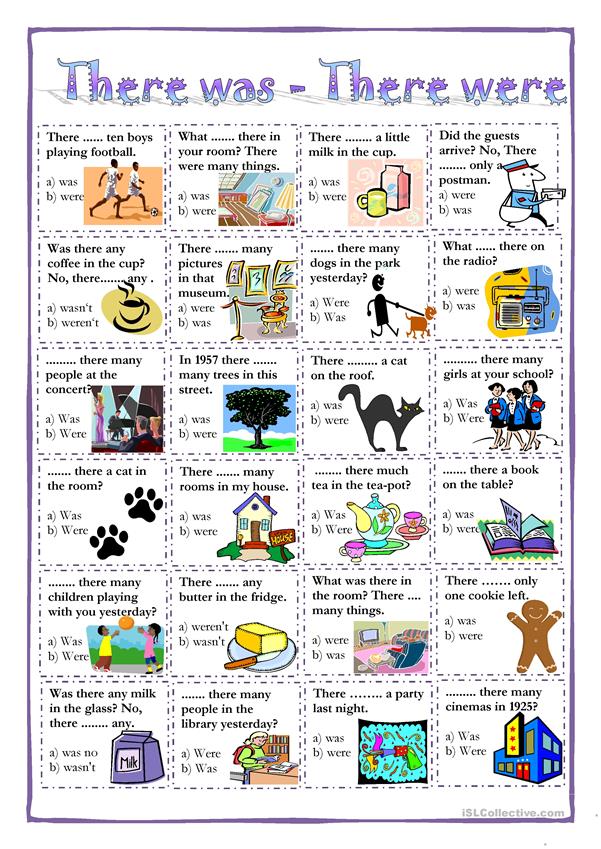
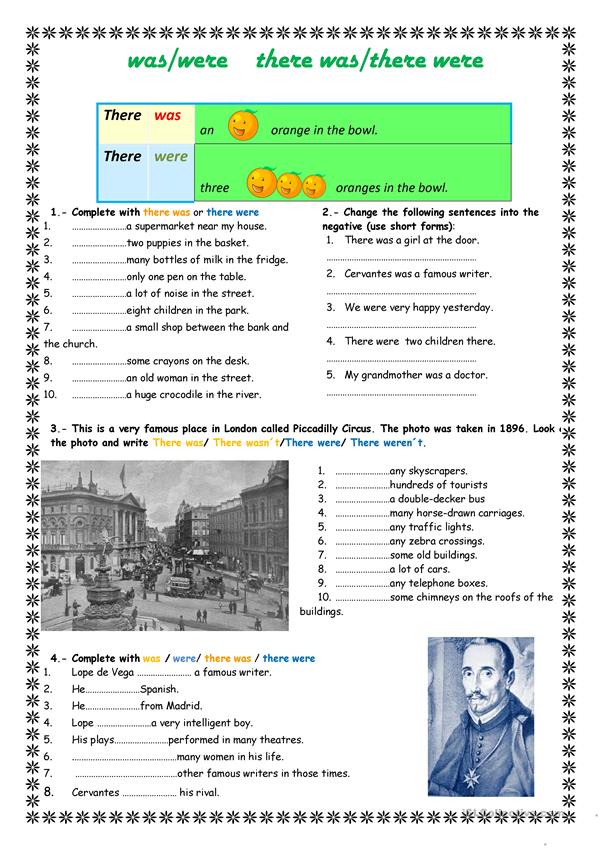
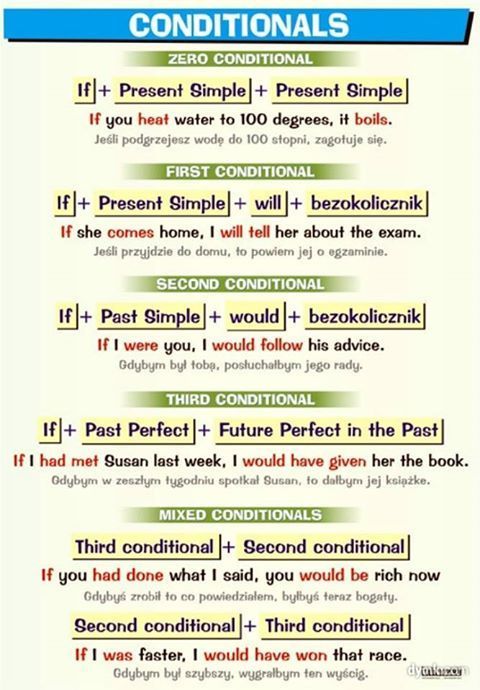
Short term lesson plan
| Unit of a long term plan Unit 9 Science and technology Lesson plan 94 | School: | |||||||||||||
| Date: | Teacher’s name: | |||||||||||||
| Class: 9 | Number present: | Number absent: | ||||||||||||
| Lesson title | Phobias. Discussion about phobias. p.108 | |||||||||||||
| Learning objectives(s) that this lesson is contributing to | 9.L1 understand a sequence of supported classroom instructions 9.C2 use speaking and listening skills to provide sensitive feedback to peers 9.S1 provide basic information about themselves and others at sentence level on an increasing range of general topics 9.S7 use appropriate subject-specific vocabulary and syntax to talk about a limited range of general topics 9.R7 recognise typical features at word, sentence and text level in a limited range of written genres 9.W1 plan, write, edit and proofread work at text level with support on a limited range of general and curricular topics | |||||||||||||
| Lesson objectives | All learners will be able to:
Most learners will be able to:
Some learners will be able to:
| |||||||||||||
| Planned timings | Teacher activities | Sts activities | Ass-t | Resources | ||||||||||
| Beginning of the lesson 8 min. | The lesson greeting. The teacher sets the lesson objectives, letting students know what to anticipate from the lesson. Then to create a positive learning environment the teachers asks students to start the lesson giving each other compliments about appearance, job performance, talent, etc. and also practice accepting compliments. Watching the words on the board, the learners are asked to predict the topic of the lesson.  PHOBIA/ FEAR/ IRRITATION/ NERVOUS/ FRIGHT/ HORROR Warm up. Free talk about phobia. What is it? Who has got such illness in class? Phobia plural noun: phobias an extreme or irrational fear of or aversion to something. "she suffered from a phobia about birds"; Synonyms:fear, dread, horror, terror, dislike, hatred, loathing, distaste, revulsion, repulsion. When a person has a phobia, they will often shape their lives to avoid what they consider to be dangerous. The imagined threat is greater than any actual threat posed by the cause of terror. Phobias are diagnosable mental disorders. The person will experience intense distress when faced with the source of their phobia. This can prevent them from functioning normally and sometimes leads to panic attacks. In the United States, approximately 19 million people have phobias.
| Sts respond to greeting Sts talk about phobia | Formative ass-t | Student Book p.108 Writing Worksheet | ||||||||||
| Main Activities 14 min. 12 min | Main part Ex.1 - 3 p.108. Work with abbreviations to know if the students understand parts of speech. Complete the table of word – formation. Listen to the radio programme about phobias and speak about this illness. Ex.4 - 5. What things do the speaker’s mention? Speak about them in groups of 3. Ex.6 -7 are connected with a test: All about me. Is there something which terrifies you? Every student writes this task individually on a piece of paper. The teacher asks the students to name as many phobias as possible especially among teenagers. Optional Activity: Listening. The students are given situations concerning phobias. Try to give some advice to avoid this fear. 1. How can you cope with fear of flying? Today, flying is both the fastest and easiest mode of transport between countries. But many of us are terrorized by the mere thought of boarding a plane. Why is that, and how do we deal with this anxiety? 2. A panic attack happens because of heightened anxiety. Anyone can have a panic attack, but it is also a hallmark symptom of panic disorder. It can lead to a rapid heartbeat, rapid breathing, sweating, shaking, and other symptoms. | Complete the table of word – formation. Listening task | 10 | Student Book p.108 Oxford English -English Dictionary CD. 3.25. Pictures PPT Teacher’s Book p.130. | ||||||||||
| Ending the lesson 6 min. | Giving the home task. W.B. p.74(a table) Students express their attitude to the lesson and give self-assessment using the method: “Six thinking hats”:
Yellow: What did you like about today's lesson? "Six thinking hats"  | Feedback on the work | oral | | ||||||||||
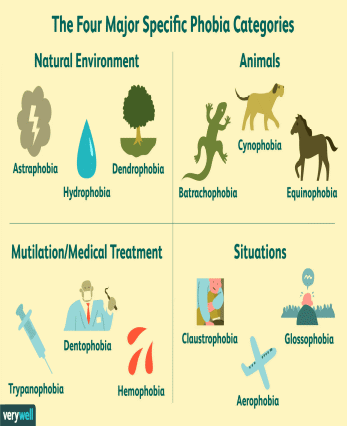
Treatment
Treatment includes different types of psychotherapy.
Phobias are highly treatable, and people who have them are nearly always aware of their disorder. This helps diagnosis a great deal.
Speaking to a psychologist or psychiatrist is a useful first step in treating a phobia that has already been identified.
If the phobia does not cause severe problems, most people find that simply avoiding the source of their fear helps them stay in control. Many people with specific phobias will not seek treatment as these fears are often manageable.
It is not possible to avoid the triggers of some phobias, as is often the case with complex phobias. In these cases, speaking to a mental health professional can be the first step to recovery.
Most phobias can be cured with appropriate treatment. There is no single treatment that works for every person with a phobia. Treatment needs to be tailored to the individual for it to work.
The doctor, psychiatrist, or psychologist may recommend behavioral therapy, medications, or a combination of both. Therapy is aimed at reducing fear and anxiety symptoms and helping people manage their reactions to the object of their phobia.
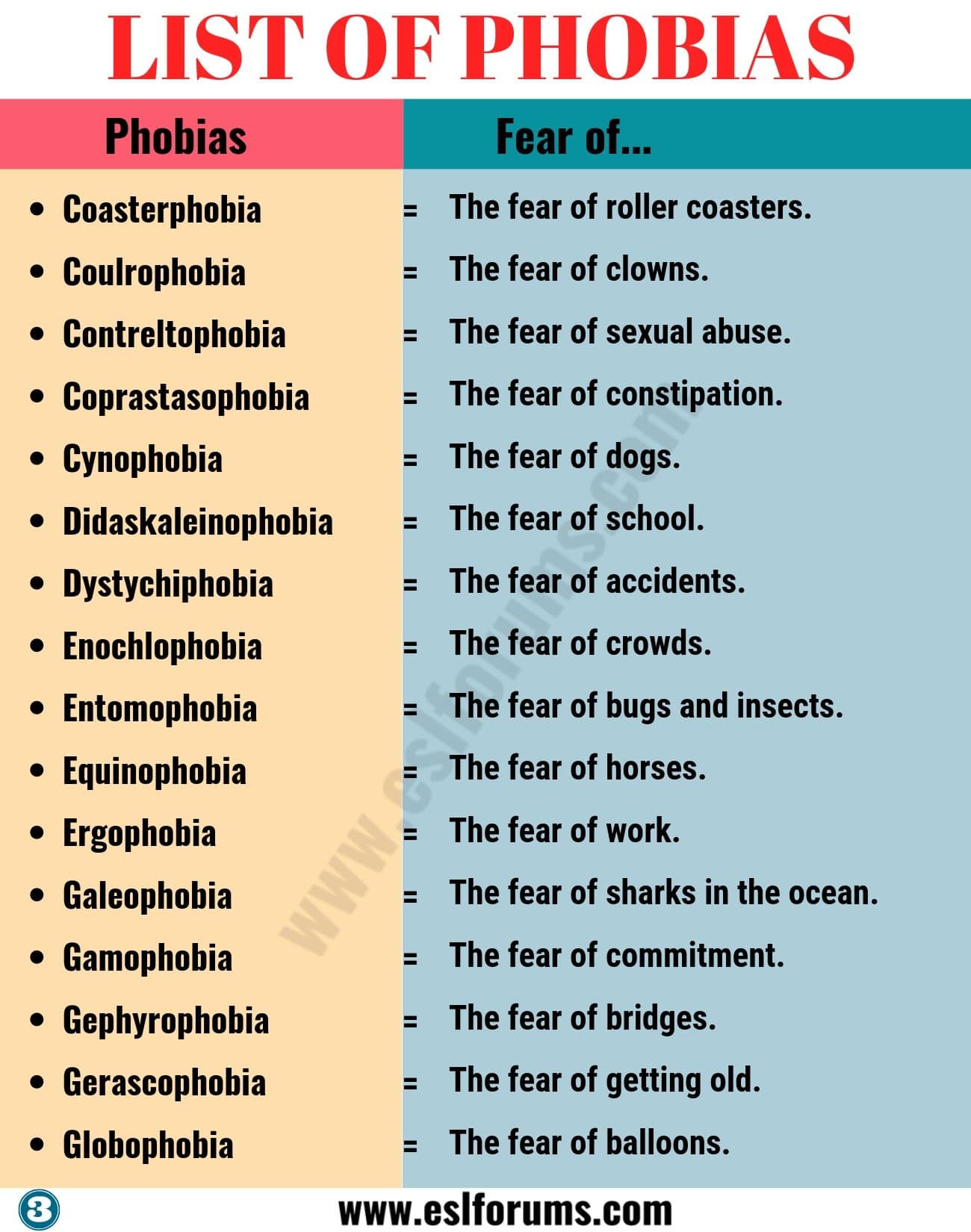
Short term lesson plan
| Unit of a long term plan Unit 9 Science and technology Lesson plan 95 | School: | |||||||
| Date: | Teacher’s name: | |||||||
| Class: 9 | Number present: | Number absent: | ||||||
| Lesson title | Language Focus. Defining and non - defining relative clauses. p.109 | |||||||
| Learning objectives(s) that this lesson is contributing to | 9.C1 use speaking and listening skills to solve problems creatively and cooperatively in groups 9.C3 respect differing points of view 9.L4 understand implied meaning in unsupported extended talk on a wide range of general and curricular topics, including talk on a limited range of unfamiliar topics 9.L5 recognise the attitude or opinion of the speaker(s) in unsupported extended talk on a wide range of general and curricular topics, including talk on a limited range of unfamiliar topics 9.S8 recount extended stories and events on a wide range of general and curricular topics 9.R3 understand the detail of an argument- both explicitly stated and implied - in extended texts on a wide range of familiar general and curricular topics, and some unfamiliar topics | |||||||
| Lesson objectives | All learners will be able to:
Some learners will be able to:
| |||||||
| Planned timings | Teacher activities | Sts activities | Ass-t | Resources | ||||
| Beginning of the lesson 7 min. | The lesson greeting. The teacher sets the lesson objectives, letting students know what to anticipate from the lesson. Then to create a positive learning environment the teachers asks students to start the lesson giving each other compliments about appearance, job performance, talent, etc. and also practice accepting compliments. Watching the pictures, the learners are asked to predict the topic of the lesson.  Warm up. Ex.1 p.109. Recognition exercise connected with “All about me”. Answers: 1) Sentences: 1,2,4,5,6,9.10; 2) Sentences: 3,8; 3) Sentences: 7; 4) Sentences: 2. Rules 1) people 2) places 3) things 4) reasons | Sts respond to greeting Sts do the ex-s. . | Formative ass-t | Student Book p.109 Writing Worksheet | ||||
| Main Activities 15 min. 12 min | Main part Relative clauses add extra information to a sentence by defining a noun. They are usually divided into two types – defining relative clauses and non-defining relative clauses. Non-defining relative clauses Look at this sentence. My grandfather, who is 87, goes swimming every day. ‘who is 87’ is a non-defining relative clause. It adds extra information to the sentence. If we take the clause out of the sentence, the sentence still has the same meaning. Look at some more examples. My eldest son, whose work takes him all over the world, is in Hong Kong at the moment. The film, which stars Tom Carter, is released on Friday. The car, which can reach speeds of over 300km/ph, costs over $500,000. B. Rule II. Remember that defining relative clauses are used to add important information. The sentence would have a different meaning without the defining relative clause.
The first sentence with a defining relative clause tells us which skirt. The second sentence, with a non-defining relative clause, doesn’t tell us which skirt – it gives us more information about the skirt. The context (which is missing here) makes it clear which skirt is being talked about. Non-defining relative clauses can use most relative pronouns (which, whose etc,) but they CAN’T use ‘that’ and the relative pronoun can never be omitted. Grammar Drill Exercises: Ex.2 p.109. Join the sentences halves with relative pronouns: Ex.3 p.109. Make sentences using the phrases in the chat. Students do this task in pairs. Ex.4 – 5 p.109. What is the difference between defining and non –defining relative clauses? Find this difference in the sentences and explain the rule. Extra task. Creative exercise. Ex.6. (also five – minute test, Test bank MultiRom). | Sts do the ex-s | Formative ass-t | Student Book p.109 A Table A Table Student Book p.109 Writing Worksheet | ||||
| Ending the lesson 6 min. | Giving the home task. W.B. p.77 Ex.5 -7 Self-assessment. “  Five”. Children draw a picture of their hand and write the most important things about the lesson on each finger. The thumb - something interesting, the index finger - something difficult, the middle one - something that was not enough, the ring finger - the mood, the little finger - the suggestions Five”. Children draw a picture of their hand and write the most important things about the lesson on each finger. The thumb - something interesting, the index finger - something difficult, the middle one - something that was not enough, the ring finger - the mood, the little finger - the suggestions | Feedback on the work | oral | | ||||